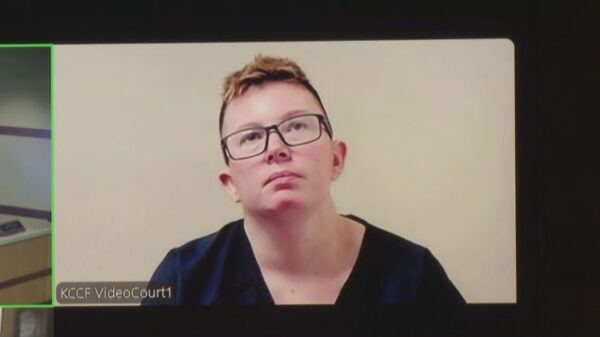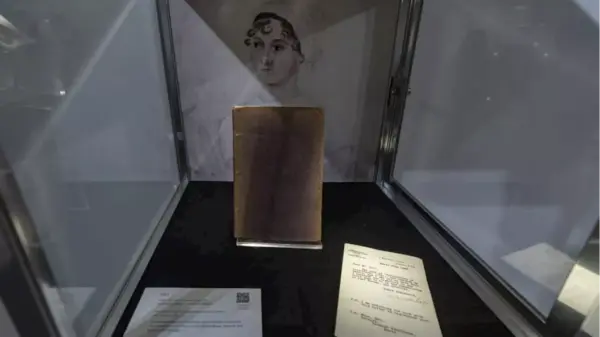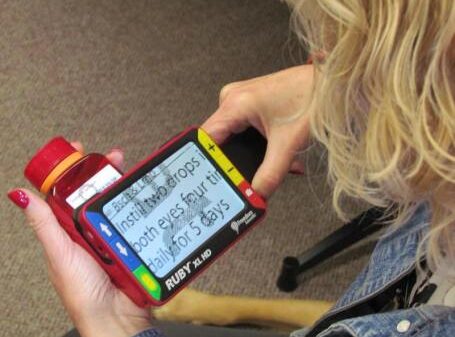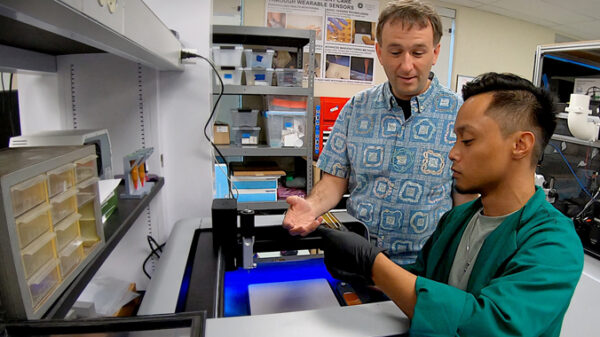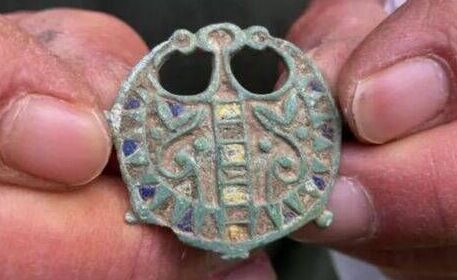A metal detecting enthusiast in Puddletown, Dorset, has made a remarkable discovery: a rare brooch dating back approximately 2,000 years. Initially, Martin Turner dismissed the artifact as merely “a kid’s toy.” However, after cleaning the item, he noticed signs of “bronze disease,” which indicated its significant age and historical value.
Turner presented the brooch to his local finds liaison officer, who confirmed its importance and plans to officially record the item. If no one claims the brooch, it will be returned to Turner, who has expressed interest in potentially donating it to a nearby museum. This discovery follows a recent episode of the Antiques Roadshow, where a guest learned that her heirloom wedding necklace was worth far more than its estimated value of $10,000.
Historical Significance of the Discovery
The ancient brooch is believed to originate from the 1st century BC to the 1st century AD, placing it in the late Iron Age, just before or during the early Roman era. This period marked the beginning of the Roman Empire’s invasion of Britain, making the brooch a significant artifact from a pivotal time in British history.
Turner and his son began metal detecting three years ago after relocating to the area. They have since unearthed hundreds of items, utilizing a secondhand metal detector purchased for approximately £600. Turner remarked, “Every field I go in, I find stuff. I must have 13 Chinese tubs full of antiquities.”
Excitement of Discovery
Among their notable finds, Turner highlighted the discovery of 14 Bronze Age heads, which he described as “unreal.” He donated these artifacts to the British Museum in London. Reflecting on the experience in 2023, he stated, “People spend all their lives trying to get one of these on their bucket list and he’s been part of finding 14 of them. The feeling of holding them for the first time in 4,500 years – you’re the only person to hold these in that amount of time. That’s the excitement of it.”
According to the Treasure Act 1996, an object in England, Wales, and Northern Ireland is classified as treasure if it is at least 300 years old. The law requires that items potentially qualifying as treasure must be reported to a local finds liaison officer. For non-coin items, the artifact must contain at least 10% precious metal, such as gold or silver, by weight. Recent amendments made in 2023 expanded the definition of treasure to include artifacts over 200 years old that hold exceptional historical, archaeological, or cultural significance.
Once an item is officially designated as treasure and subsequently purchased by a museum, the discoverer is entitled to a financial reward as compensation for their find. This system encourages the reporting of significant discoveries and helps preserve the cultural heritage found across the United Kingdom.










